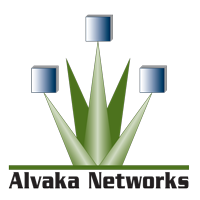Hamlet Khodaverdian is Vice President of Americas at LMNTRIX, a company specializing in threat detection and response to address advanced and unknown cyber threats that bypass perimeter controls. As a business technology executive with more than 20 years’ experience, he has held various roles in multiple companies, leading sales teams, software engineering teams, IT infrastructure teams, business intelligence and data science teams. Previously, he has been at Canon R&D, Western Mutual Insurance Group, Alliance Funding Group, Quick Bridge Funding, and has been involved in a number of startups.
Through his various leadership roles, Hamlet has gained extensive experience in building high- performance teams, in addition to extensive experience with enterprise risk management, security architecture (both infrastructure related and software engineering related), governance and compliance.

 Smoke testing is a term used to describe the testing process for servers after patches are applied.
Smoke testing is a term used to describe the testing process for servers after patches are applied.  This is a basic cost calculator for you to compute your typical monthly cost for patching your servers, PCs, laptops, tablets and associated application software. It also forms the basis for you to begin calculating your Return on Investment for software patching, or for comparison with alternatives to the manual process of patching operating systems and application software—such as Patch Management as a Service, also known as Vulnerability Management as a Service.
This is a basic cost calculator for you to compute your typical monthly cost for patching your servers, PCs, laptops, tablets and associated application software. It also forms the basis for you to begin calculating your Return on Investment for software patching, or for comparison with alternatives to the manual process of patching operating systems and application software—such as Patch Management as a Service, also known as Vulnerability Management as a Service.